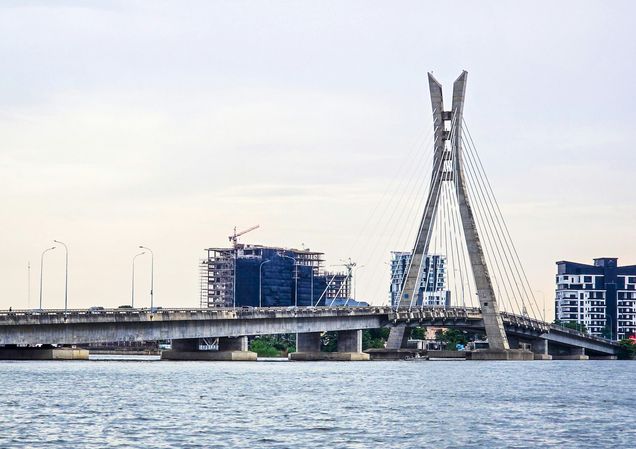The International Financial Architecture and Sustainable Prosperity

The current international financial architecture is misaligned with the United Nations 2030 Sustainable Development Goals and the Paris Agreement. External financing flows to emerging market and developing economies, excluding China, need to increase by at least $1 trillion annually by 2030, but the highest level in the past decade was roughly one-third of what is necessary, and net inflows have been negative since 2021.
What is more, at exactly the moment when developing countries should be accelerating investment to meet these goals, the UN estimates that 3.3 billion people are living in countries that spend more on external debt service than on education or health.
What reforms are necessary to align the international financial architecture with shared climate and development goals, ensuring sustainable prosperity for all?
In a new working paper for the United Nations University World Institute for Development Economics Research (UNU-WIDER), Kevin P. Gallagher highlights the shortcomings of the existing international financial architecture and lays out a framework for reform spanning multilateral development banks (MDBs), the Global Financial Safety Net (GFSN), and voice and representation for developing countries.
Policy recommendations:
- Boost and bend MDBs. Due to their unique business model, MDBs are equipped to provide long-run, countercyclical financing towards development and climate goals. However, the level of MDB lending has not kept up with the overall size of the financial system, nor have they been able to be countercyclical enough to maintain the sustained levels of investment that are needed. MDBs must be made bigger and better to address needs of the moment.
- Fill gaps in the GFSN. Alongside a stepwise mobilization of long-run, countercyclical and affordable investment, the GFSN needs reform to better prevent and mitigate the myriad shocks that will inevitably occur in the global economy regardless of the export structure of an economy.
- More voice for the vulnerable. Despite being the major recipients of financing from international financial institutions, developing countries have little voice and representation in the international financial architecture. Inside the system, the Global South will have to continue to form its own coalitions while also creating, coordinating and expanding its own versions of development finance institutions and regional financial arrangements outside of the existing structure.
Ultimately, Gallagher writes that none of these proposals are new – they echo a range of governmental, intergovernmental and non-governmental declarations – but 2025 must be the year that leaders find the political will to make these reforms a reality. The costs of inaction far outweigh the relatively small investments in the future.
Contributions from this working paper were used in drafting an April 2025 statement from UNU-Wider on the Reform of the International Financial Architecture.
Read the Working Paper Read the Statement